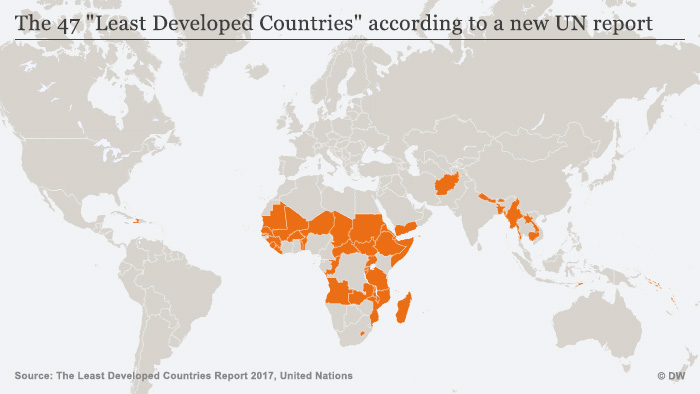Nearly two dozen African nations are now committed to build and maintain the “Great Green Wall,” a chain of forests and woodlands spreading across the entire continent at the southern edge of the Sahara Desert, in the region known as the Sahel. Initially launched in 2007 by 11 countries, the initiative has now been joined by ten more. It is considered the world’s largest ecosystem restoration project by the UN Environment Programme.
The project aims to address many of the continent’s core challenges at once. Most directly, it provides a physical barrier to ward off the spread of the Sahara. The Sahara has been moving gradually south for millennia, encroaching on and disrupting local livelihoods. However climate change has accelerated this process, creating a major economic and environmental threat to the nations of the Sahel, many of which are already among the world’s poorest and least developed.

The wall will reclaim 247 million acres of land by the year 2030, which can then be used for more economically productive purposes like agriculture and livestock. More trees will result in more rainfall being diverted back into the land, and therefore more water available to communities and ecosystems. The new trees will capture around 250 million metric tons of carbon ever year, roughly equivalent to removing all of California’s cars from the road for more than three year. The process of planting and maintaining the wall will also create hundreds of thousands of jobs over the course of the next several years.
It’s a win-win-win-win!
The effort is estimated to cost $8 billion USD and be completed by 2030. It is currently about 15% complete.
I love projects like these. They just make so much sense. They provide incredible economic bang for their buck, ensuring the sustainability of livelihoods for decades, while also employing people in the process and offering a critical solution to the climate crisis. But more than that, they demonstrate the importance and viability of international cooperation at a time when nearly all of humanity’s deepest challenges are trans-boundary, requiring us to collaborate with one another, even to re-envision ourselves as all part of the same team.
What other major development projects might we be able to make a reality if more countries acknowledged their shared challenges and pooled their resources together toward a common goal?
Peter Schulte
Purpose Coach
Bellingham WA, USA / Lummi & Nooksack lands
Purpose statement: I reveal a world of beauty and goodness
Good News Newsletter
The latest laws, policies, science, and technology leading the way toward a brighter future